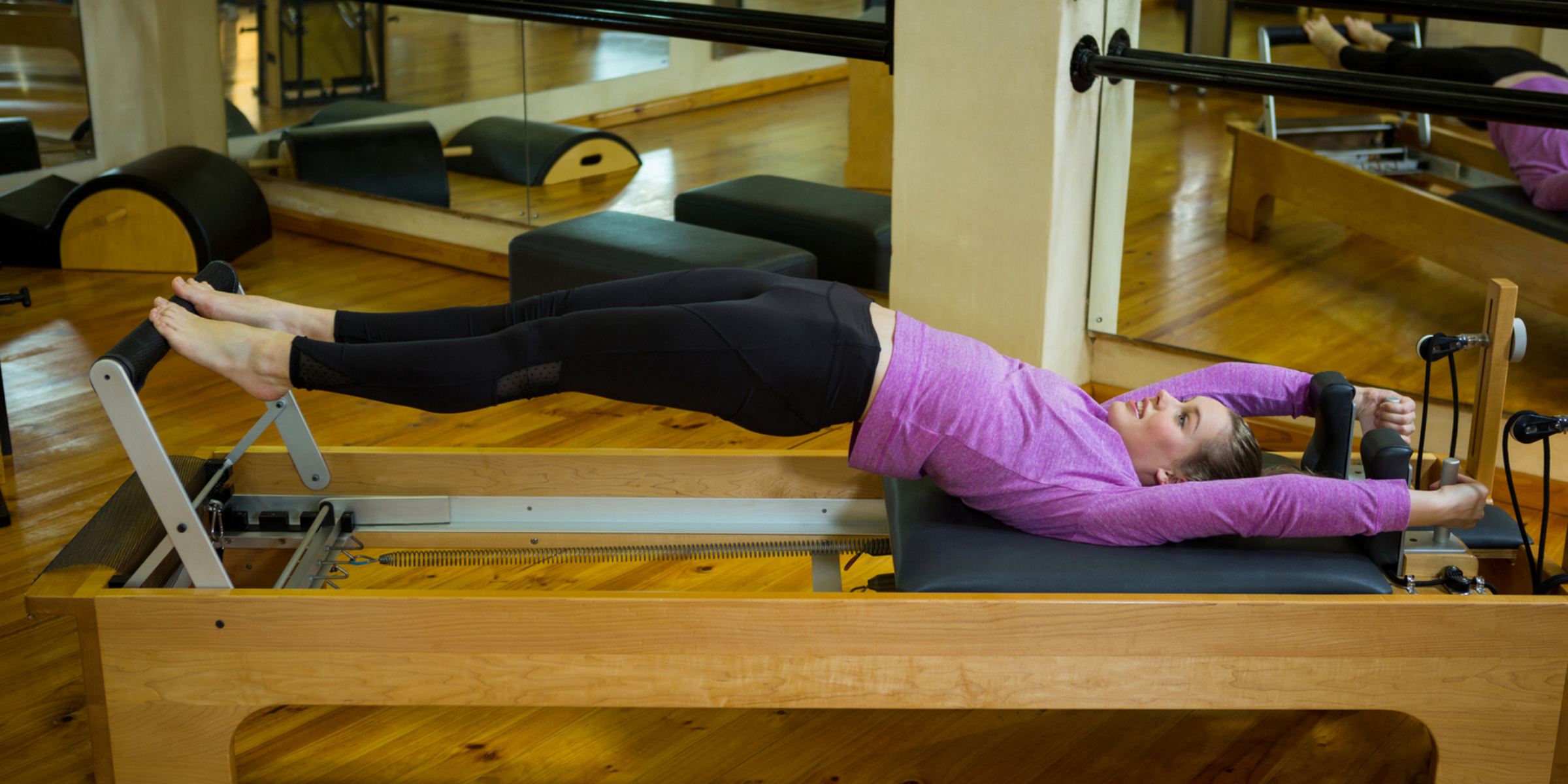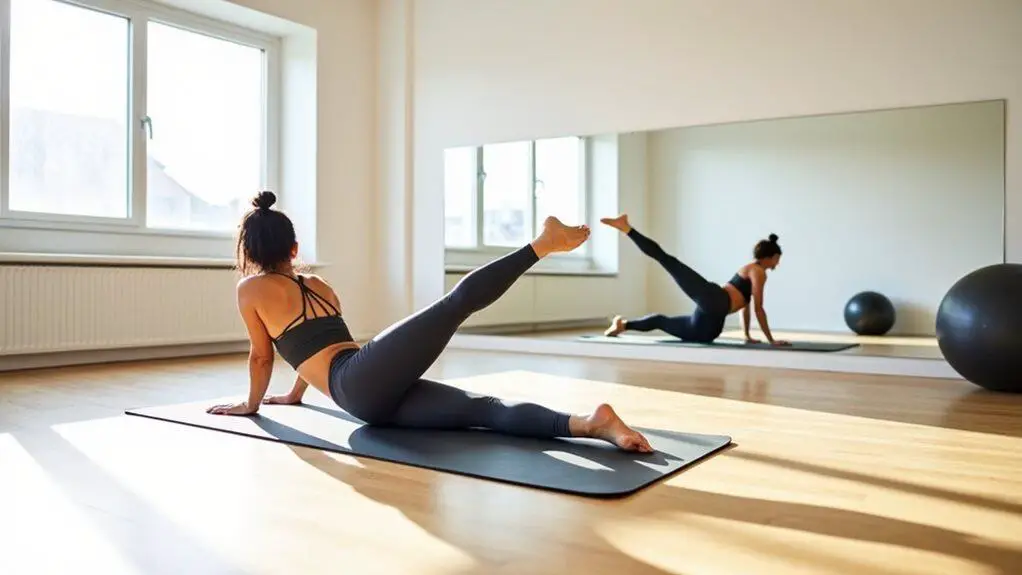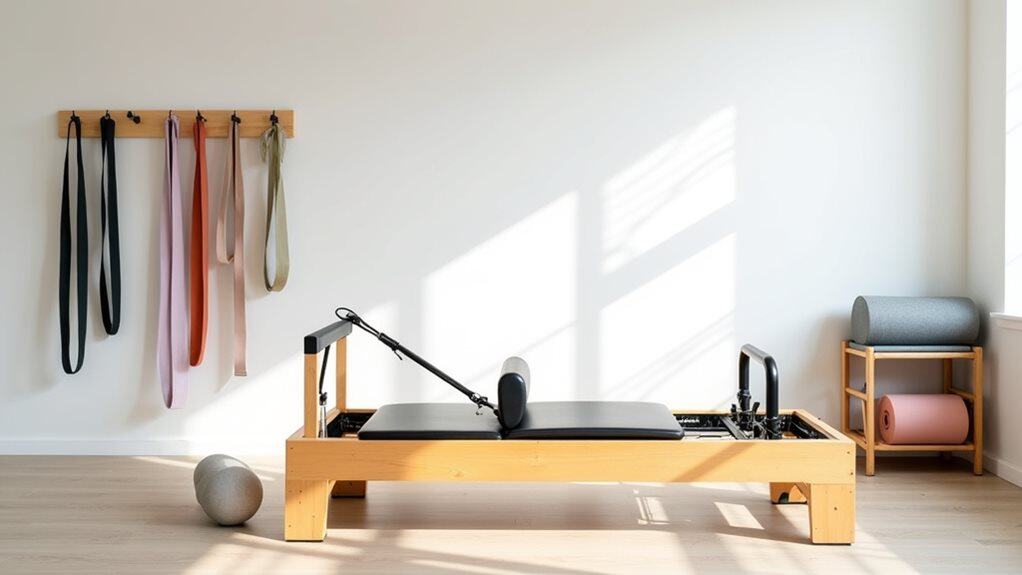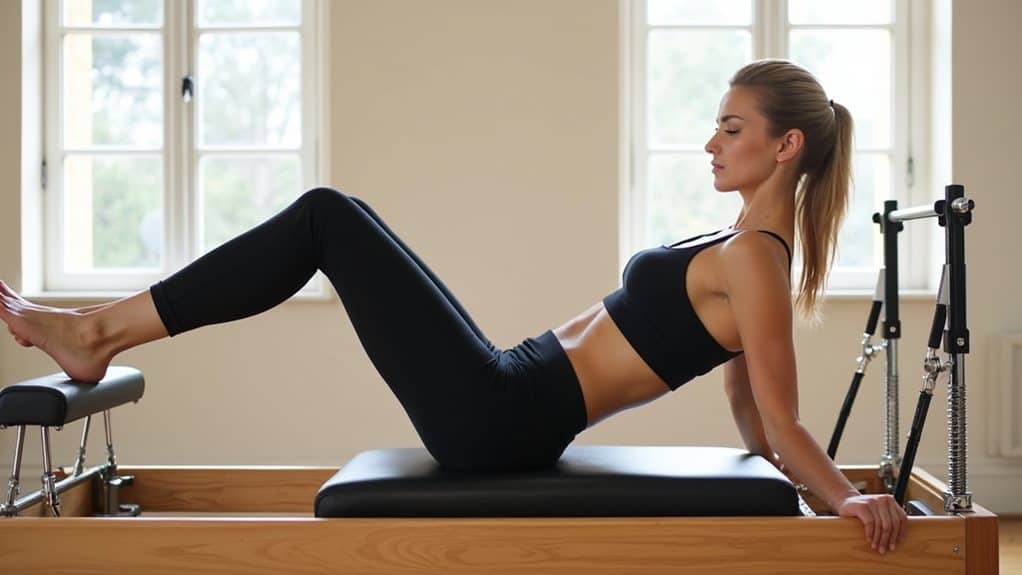Embarking on your Pilates journey with a reformer is like stepping into a world where precision meets grace. However, the key to unlocking the full potential of this transformative practice lies in the subtle art of customization.
Tailoring your Pilates reformer carriage to fit your unique body shape and size is not just about comfort; it’s about ensuring each movement is executed with the perfect alignment and efficiency.
In this article, we delve into the simple yet impactful ways you can adjust and modify your reformer, making it the ultimate partner in your quest for a stronger, more flexible, and perfectly poised self.
Whether you’re a seasoned practitioner or a curious beginner, these tips will help you finesse your form and make your Pilates reformer feel like it was designed just for you.
Adjustable Components for Tailored Support
When you step onto a Pilates reformer, it’s not just about the exercises; it’s about how the machine and your body work together.
That’s where the adjustable components of the reformer come into play, ensuring that each session is not just a workout but a symphony of movements that are perfectly attuned to your body’s needs.
The carriage, your Pilates platform, should be your starting point. Many reformers have a carriage with adjustable bases for different leg lengths and torso sizes.
This adjustability ensures that regardless of your height, you can perform movements without straining or overextending. Imagine being able to glide smoothly along the rails, with your spine aligned and your legs able to extend fully without any discomfort.
Then, there’s the footbar. The footbar is pivotal because it’s one of the main points of contact and resistance.
Adjusting its height and distance from the carriage means you can align it with your range of motion. This prevents overreaching and underreaching, which can lead to strain or lack of effectiveness in the exercise. The ideal positioning allows your feet or hands to rest on it naturally, providing support where you need it most.
Another key component is the straps. These should have adjustable lengths to cater to the size of the user and the extent of their reach.
Properly adjusted straps mean that your arms and legs can move freely, without slack or unnecessary tension, ensuring that you can perform each exercise with precision.
And let’s remember the headrest and shoulder blocks. The headrest should support the natural curve of your neck, while the shoulder blocks should snugly secure your shoulders in place. Adjusting these elements reduces the risk of injury and increases the effectiveness of your workout by promoting proper form.
Customizing your Pilates reformer carriage isn’t just about making it fit your body; it’s about creating a space where your body can move as it was meant to, fluidly and with strength.
With each component adjusted to your specifications, your reformer becomes a bespoke tool perfectly suited to help you achieve the balance, strength, and flexibility Pilates promises.
Fine-tuning springs and Straps for Optimal Resistance
Fine-tuning the resistance of your Pilates reformer through its springs and straps is essential for a workout that’s challenging yet attainable. The resistance must match your strength and skill level to promote progressive improvement without risking injury. It’s a delicate balance that can mean the difference between plateauing and reaching new heights in your Pilates practice. Here are key points to consider when adjusting the springs and straps of your Pilates reformer:
- Spring Tension: The reformer’s springs control the tension and resistance of the carriage. Adjusting the number of springs and their tension can either increase or decrease the difficulty of the exercises. It’s vital to select the right combination that gives you a challenging workout without compromising your form.
- Strap Length: Straps should be adjusted according to your arm and leg length to ensure a full range of motion. Too long, and you won’t get the full benefit of the exercise; too short, you risk straining your muscles.
- Variable Resistance: By fine-tuning the springs and straps, you can create variable resistance levels for different exercises, ensuring each muscle group works effectively according to its strength.
- Consistent Checking: Regular checks and adjustments are key, as the ideal settings can change as you grow stronger or your flexibility increases.
- Personalization for Exercises: Tailor the spring and strap settings for specific exercises. What works for leg work may not be ideal for arm exercises, so adjust accordingly.
By paying close attention to the resistance provided by the springs and the length of the straps, you can customize the reformer to fit your needs perfectly, ensuring a tailored Pilates experience that is both safe and effective.
Aligning Your Reformer for Posture Perfection
Aligning your Pilates reformer to enhance and perfect your posture is one of the subtle yet profound benefits of this sophisticated exercise apparatus. A well-aligned reformer supports the natural curvature of your spine and facilitates a posture that not only looks graceful but also feels balanced and strong.
To achieve posture perfection, the reformer must mirror your body’s alignment needs. It starts with the headrest, which can be adjusted to ensure your cervical spine is neither too flat nor excessively curved during exercises. A properly positioned headrest helps maintain a neutral neck position, preventing strain.
Moving down the body, the shoulder rests also play a crucial role. These should be set to a width that allows your shoulders to rest comfortably without squeezing inward or rolling outwards, facilitating proper shoulder girdle stabilization, which is crucial for an upright posture.
The carriage itself should allow for a neutral pelvic position. It should be neither tilted too far forward nor backward, allowing the natural lumbar curve to be maintained without excessive arching or flattening. This position promotes core engagement, which is central to building postural strength.
Lastly, the footbar and jump board, when used, should be at an appropriate height and distance to support your legs’ alignment. This enables you to engage your lower body properly without compromising the alignment of your hips and spine.
Aligning your reformer is a process that takes time and effort. As your body changes with continued practice, so will your alignment needs. By regularly checking and adjusting the settings of your reformer, you can ensure that it continues to support your posture perfectly, leading to more effective workouts and a stronger, more poised presence off the mat.
Maintenance Tips: Keeping Your Custom Settings Consistent
Maintaining the integrity of your custom settings on your Pilates reformer is as crucial as the initial fitting. Regular upkeep not only ensures consistency in your workouts but also prolongs the life of your equipment. To stay aligned with your fitness goals, here are some maintenance tips that will help keep your reformer settings just right, workout after workout:
- Document Your Settings: Record your ideal settings for quick reference before each session. Note the notches and numbers for the carriage, footbar, spring load, and straps.
- Regular Inspections: Before each use, do a quick visual and physical check to ensure all components are as you left them. Springs should be secure, straps free of frays, and the carriage should move smoothly along the tracks.
- Invest in Quality: Use high-quality accessories that can withstand regular adjustments. Cheaper parts may degrade faster and lose their ability to hold a precise setting.
- Cleanliness is Key: Keep the reformer clean from dust and sweat, as build-up can affect the machine’s moving parts and the accuracy of your settings.
- Tighten and Test: Periodically check that all adjustable parts are tightened and that none have shifted with repeated use. After adjustments, do a test run to ensure everything feels right before starting your workout.
By implementing these maintenance practices, your reformer will remain a faithful and reliable tool in your Pilates regimen, keeping your body aligned and your fitness journey on track.
Sources:
https://pilatesreformersaustralia.com.au/blogs/resources/learn-how-to-maintain-your-pilates-reformer-with-the-help-of-this-comprehensive-guide–https://pilatesreformersaustralia.com.au/blogs/resources/5-benefits-of-using-a-pilates-home-reformer-for-your-fitness-routine




